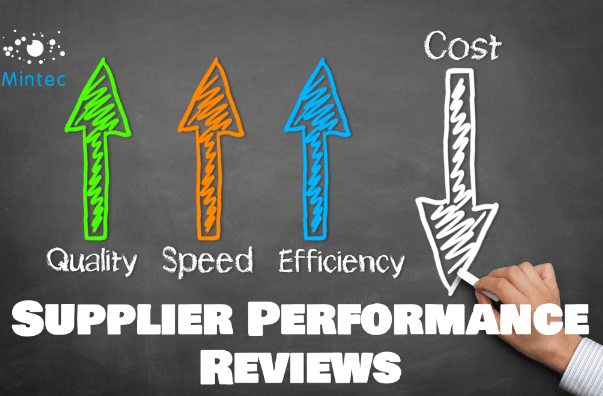Supplier performance plays a pivotal role in the success of any business. Ensuring your suppliers consistently meet or exceed expectations is essential for maintaining operational efficiency, product quality, and customer satisfaction. In this comprehensive guide, we delve into the key aspects of supplier performance management and provide actionable strategies to optimize this crucial aspect of your supply chain.
Understanding Supplier Performance
Supplier performance refers to the ability of a supplier to meet the requirements and expectations set forth by the purchasing organization. These requirements may include factors such as product quality, delivery reliability, pricing competitiveness, and responsiveness to inquiries and issues.
Key Metrics for Evaluating Supplier Performance
Quality Metrics: Assess the quality of products or services provided by the supplier. This may include defect rates, product conformance to specifications, and customer satisfaction surveys.
Delivery Performance: Measure the supplier’s ability to deliver goods or services on time. Key metrics include on-time delivery percentage, lead time variability, and order fulfillment accuracy.
Cost and Pricing: Evaluate the supplier’s pricing competitiveness and overall cost-effectiveness. Consider factors such as pricing stability, total cost of ownership, and value-added services offered.
Communication and Responsiveness: Gauge the supplier’s communication effectiveness and responsiveness to inquiries, orders, and issues. Timely and transparent communication is crucial for smooth collaboration.
Risk Management: Assess the supplier’s ability to identify and mitigate potential risks that may impact supply chain continuity. This includes evaluating their disaster recovery plans, business continuity measures, and compliance with regulatory requirements.
Strategies for Improving Supplier Performance
Establish Clear Expectations: Clearly define your expectations regarding product quality, delivery schedules, pricing, and communication channels. Document these expectations in supplier contracts or agreements to ensure alignment.
Regular Performance Reviews: Conduct regular performance reviews to assess supplier performance against predefined metrics. Provide constructive feedback and collaborate with suppliers to address any identified areas for improvement.
Collaborative Problem-Solving: Foster a collaborative relationship with suppliers to address challenges and resolve issues proactively. Work together to identify root causes of performance issues and implement corrective actions.
Invest in Supplier Development: Provide support and resources to help suppliers improve their capabilities and performance. This may include training programs, technology investments, or process improvement initiatives.
Performance-Based Incentives: Implement performance-based incentives or penalties to incentivize suppliers to meet or exceed performance targets. Reward suppliers for exceptional performance and hold them accountable for underperformance.
Leveraging Technology for Supplier Performance Management
Investing in technology solutions can streamline supplier performance management processes and provide valuable insights into supplier performance trends. Consider implementing supply chain management software, performance dashboards, and supplier scorecards to facilitate data-driven decision-making and enhance transparency across the supply chain.
Conclusion
Optimizing supplier performance is essential for maintaining a competitive edge in today’s dynamic business environment. By implementing proactive supplier performance management strategies and leveraging technology solutions, organizations can enhance collaboration, mitigate risks, and drive continuous improvement throughout the supply chain.
